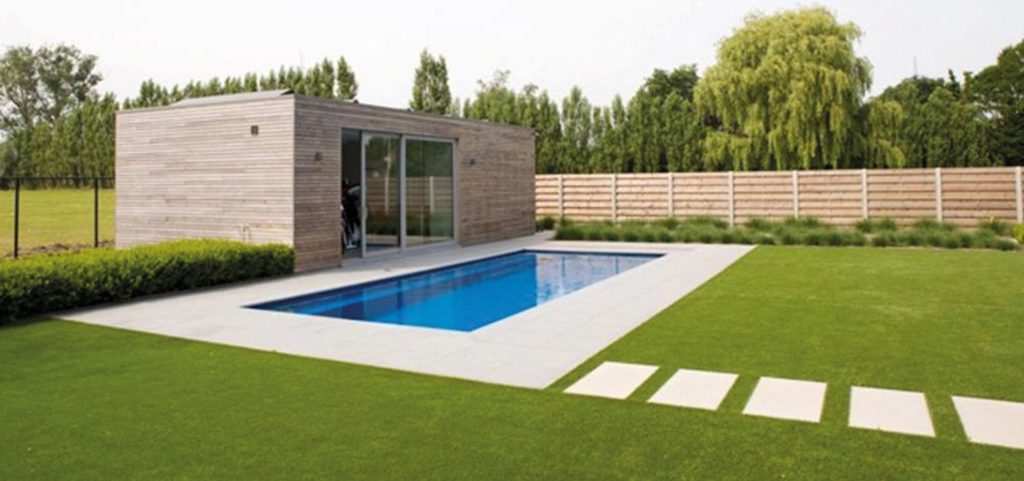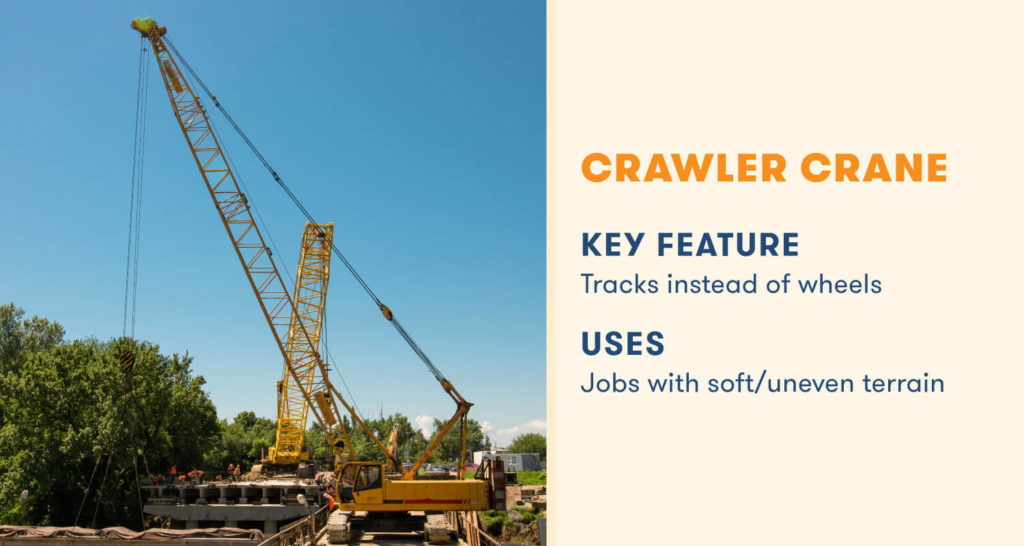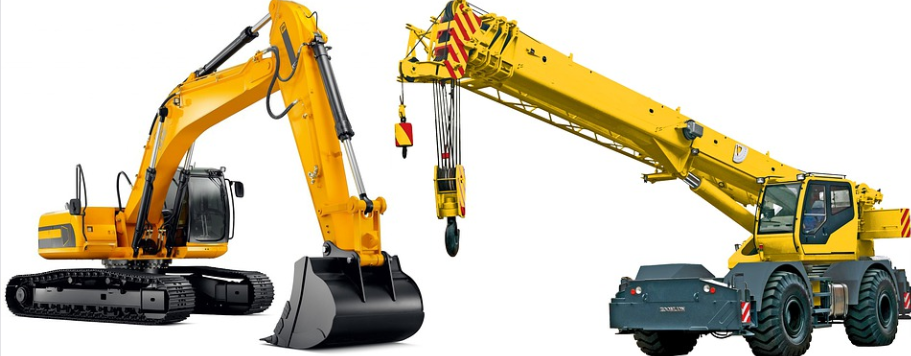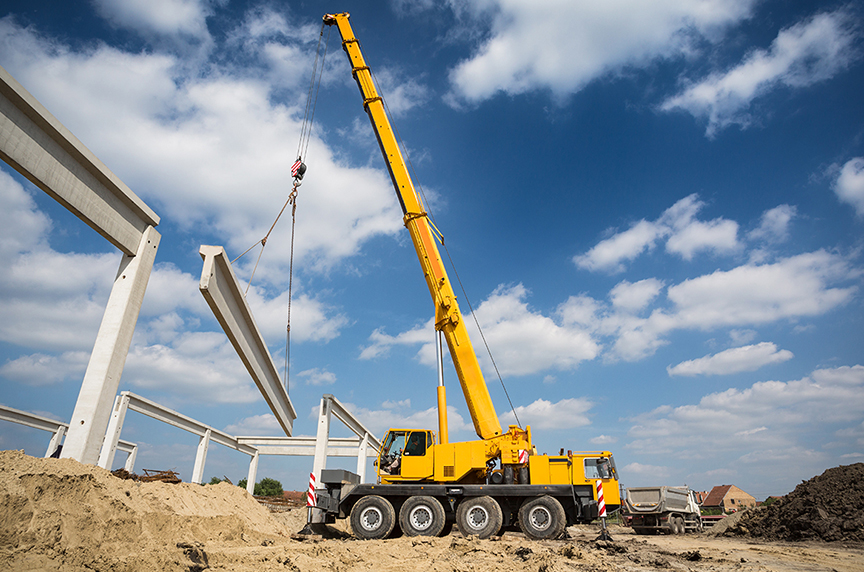Using a Crane to Assist With a Pool Dig
Before using a crane to help with a pool dig, it’s important to prepare the ground. This includes removing the wall or fence, relocating outdoor furniture and plants, and backfilling the ground with gravel or sand. Taking the time to organize the job well can save money and time.
Taking down a wall or fence to assist with a pool dig
Before beginning a pool dig, make sure you have a clear plan of how you will begin and end the project. It is a good idea to dig an extra one to two meters around the edge of the pool, as well as a little deeper than the plans call for. This is to ensure that you have enough room for the concrete shell and that you can backfill the area afterward. Be sure to check the plans and mark the site properly to ensure that the dig is successful. Also, be sure to consider the type of coping you are going to use.
Using a crane to assist with removing debris from the site is not always necessary, but it can save time and effort. First, the crane will need space to work. It will also need access to the pool site. This may require using another piece of property, so make sure to check with your pool contractor to ensure they have the right space for the crane.
The cost of a pool dig can vary significantly. The contractor you hire should be able to give you an accurate quote for the job, after examining your yard. Some contractors charge by the hour, while others give a flat price for the whole project.

Relocating outdoor furniture and plants to assist with a pool dig
A crane is an essential tool for excavation, which involves moving large objects such as the pool shell. The size of the crane depends on the weight of the pool shell, and a large one will require a long boom. If a small crane is not sufficient, motorized wheelbarrows can be used to transport dirt to the front yard. A bobcat is an alternative, but it can only be used in front yards and is used to load dirt into a vehicle.
Before removing a pool, the driver needs to clear the area of underground utilities. A crane with a minimum of 35-inch reach can help in this regard. It is also possible to use a small skid steer to help in this process. For larger projects, an extendable forklift, such as a Lull, can be used to help in the process.
Once the area is cleared, the excavator can begin digging the pool. It is best to dig the hole from shallow to deep. For this reason, it is important to place the transit near the hole. It should be low enough not to reflect on windows or block the excavator. Before beginning the excavation, you should mark the area with a story pole or a tape measure to confirm the proper elevation of the pool area.
Backfilling the pool floor with sand or gravel
The first step in creating a pool is excavation. Using a shovel to dig a hole is very time-consuming. An excavator is much more efficient, and it can be maneuvered through a side yard or tight backyard. It will remove the dirt from the space for the pool and then backfill it with dirt from around the finished pool. It is important to remember that not all of the dirt is suitable for backfill. If the excavation is too deep, dump trucks will haul away the dirt.
A crane is a large machine that can help with the digging process. The operation can take from a few hours to several days, depending on the size of the excavation hole. A bigger pool requires a larger hole than a smaller one. The process can also be delayed by weather or soil conditions. If the yard is too narrow to allow a crane, demolition of the existing yard might be necessary, which will require more time and money. The crew may also encounter large rocks, which can complicate the process.
While excavating the pool, careful attention should be paid to the depth of the soil. If the ground is not flat and sandy, it is possible to create hollow spots in the floor that can lead to stress cracks in the future. This is why it is essential to ensure that the soil is level at every station.





